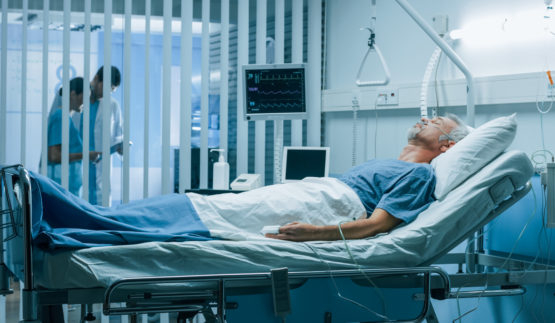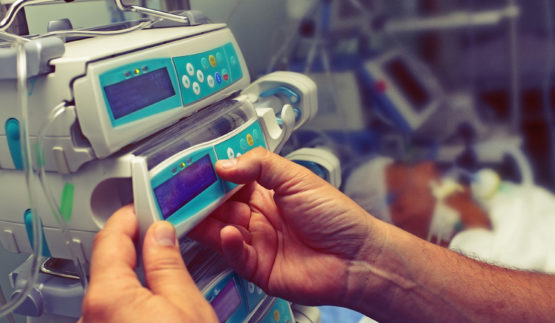
December 15, 2020
Why Capnography is Essential for Postoperative Care
by John Zaleski and Gregory Eckstein
The suppression of ventilation and reduced airway protection can leave postoperative patients vulnerable to respiratory failure from “opiate-induced” or “immobility-induced” respiratory depression. Continuous capnography monitoring provides instantaneous respiratory status to help clinicians identify and prevent complications.

November 24, 2020
A Nurse’s Greatest Fear: Missing Signs of Preventable Patient Deterioration
by Cyndi Coyne, BSN, RN
Patient care requires continuous cognitive shifting and stacking to identify and prioritize clinical tasks. Processing the vast volume of information alone is stressful, then consider that shifting and stacking can potentially distract a clinician from noticing a warning sign of patient deterioration. The best result would be a slight delay in the delivery of needed care, while the worst result would be A Nurse’s Greatest Fear.

September 22, 2020
Edge Computing: How New Technology Energizes This Old Concept
by Christophe Dore and Robert Cohen
Medical devices – especially connected ones – help with identifying and predicting patient deterioration. The insights they provide need to be readily accessible at the point of care and at the moment of care. These are some of the benefits edge computing delivers.




